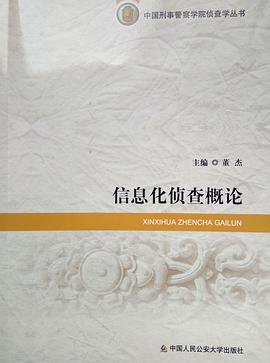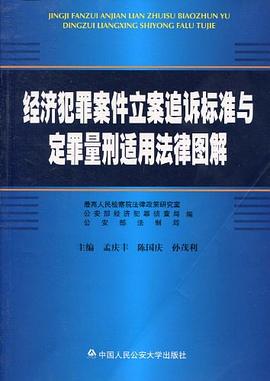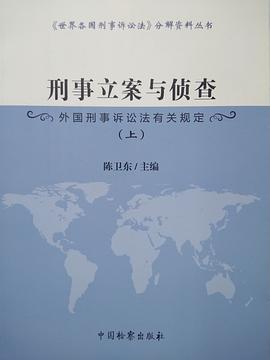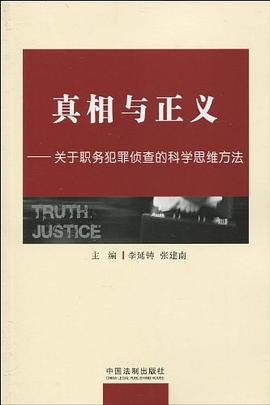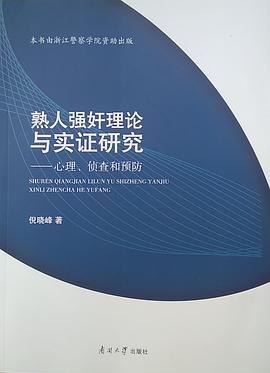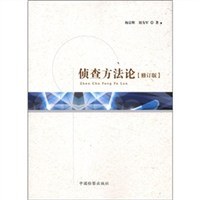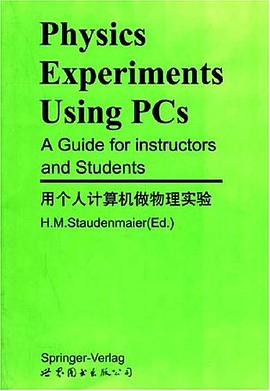

具體描述
In many fields of physics the use of on-line computers in research experiments is daily routine and without computers scientific progress is often unthinkable in our times .Computer-aided experimentation and measurement hqve become important aspects in professional life in research as well as in industry.Nevertheless these subjects are not really covered in the physics curricula of most universities and we believe it to be an important task for professors and teaching staff to familiarize students with computer applications in their own and neighbouring fields.In general it is desirable that students also learn some of the useful concepts of the nes science called "informatics"or"computer science".Successful attempts have already been made in the field of computer applications in theoretical physics and various universities now offer elaborate courses;excellent textbooks are also available.
本書為英文版。
著者簡介
圖書目錄
1 Fourier Analysis of Some Simple Periodic Signals
1.1 Apparatus
1.2 Programs
1.3 Experiments
1.3.1 Simple Harmonic Wave
1.3.2 Beats
1.3.3 Amplitude Modulation
1.3.4 Rectangles
1.4 Didactic and Pedagogical Aspects
References
Appendix l.A
2 Point Mechanics by Experiments -Direct Access to Motion Data
2.1 Introduction
2.2 ORVICO
2.2.1 Principle
2.2.2 Hardware
2.2.3 Software
2.3 Examples
2.3.1 Ballistic Motion
2.3.2 The Rigid Pendulum
2.3.3 Frame of Reference
2.3.4 Statistical Motion on an Air Table
2.3.5 Spheric Pendulum
2.3.6 Two Point Masses Observed
2.4 Conclusion
References
Part Ⅱ Thermodynamics
3.Application of PID Control to a Thermal Evaporation Source
3.1 Introduction
3.2 The System to be Controlled:An Inert-Gas-Aggregation Source
3.2.1 Background
3.2.2 The Inert-Gas-Aggregation Technique
3.2.3 A Description of a Real Inert-Gas-Aggregation Source
3.3 Description of the PID Control Algorithm
3.3.1 The PID Control Algorithm
3.4 I mplementing the PID Algorithm on a Computer
3.4.1 Program Structure and the Use of Interrupts
3.5 Adjusting the PID
3.5.1 The Ziegler-Nichols' Methods
3.6 Possibilities Offered by the Leman Source
3.7 Conclusions
Acknowledgements
References
4.Computer Control of the Measurement of Thermal Conductivity
4.1 Thermal Conductivity
4.1.1 Measurement of Thermal Conductivity with Parallel Heat Flow
4.1.2 Measurement of Thermal Conductivity with Non-Parallel Heat Flow
4.2 Experimental Considerations
4.2.1 The Thermocouple as a Temperature Measuring Device
4.2.2. The AD595 Thermocouple Amplifier Integrated Circuit
4.2.3 Thermocouple Accuracy
4.2.4 Calibration of the Thermocouples
4.2.5 Thermocouple Selection Multiplexing Circuit
4.2.6 Multiplexor Control
4.2.7 The IEEE-488 Bus Interface Unit
4.2.8 The Control and Measurement Software
4.2.9 Discussion of the Experiment
4.3 The Computer Simulation
References
Appendix 4.A.
Appendix 4.B
Part Ⅲ Solid State Physics
5.Experiments with High-Tc Superconductivity
5.1 Experimental Setup
5.1.1 The Apparatus
5.1.2 Electronics
5.1.3 Computer, Interface and Software
5.2 Measurements
5.2.1 Resistance Measurement
5.2.2 Tunnel Diode Oscillator Measurernent
5.3 Results
5.3.1 Detailed Analysis of the Resistance and TDO Measurements
5.3.2 Thermodynamic and Calorimentric Results
5.3.3 Experience Within the Laboratory Course
References
Appendix 5.A: Electric Circuit Diagrams
Appendix 5.B: Spline Fit Program SPLFIT
6.Computer Control of Low Temperature Specific Heat Measurement
6.1 Basic Physics
6.1.1 Specific Heat
6.1.2 Low Temperature Specific Heat
6.1.3 The Debye Model for the Specific Heat
6.1.4 Specific Heat Anomalies
6.2 Experimental Setup
6.2.1 Specimen
6.2.2 Apparatus
6.2.3 Electronics
6.2.4 Microputer Control
6.3 Measurements and Results
6.3.1 Measurement Principles
6.3.2 Using the Computer Program
6.3.3 Typical Results
6.4 Discussion
References
Appendix 6.A: Circuit Diagrams
Appendix 6.B: Program Listing
7. Computer-Controlled Observations of Surface Plasmon-Polaritons
7.1 Introduction
7.2 A Computer-Controlled ATR Experiment
7.2.1 Prism Geometry
7.2.2 Computer Control of ATR Measurements
7.3 Comments on the Mechanics Design and the Computer Interface
7.4 Conclusion
References
Part IV Optics and Atomic Physics
8. Molecular Spectroscopy of 12
9. Optical Transfer Functions
Part V Nuclear Physics
10. Nuclear Spectrometry Using a PC Converted to a Multichannel Analyser
11. Parity Violation in the Weak Interaction
12. Receiving and Interpreting Orbital Satellite Data.A Computer Experiment for Educational Purposes
Subject Index
· · · · · · (收起)
讀後感
評分
評分
評分
評分
用戶評價
相關圖書
本站所有內容均為互聯網搜索引擎提供的公開搜索信息,本站不存儲任何數據與內容,任何內容與數據均與本站無關,如有需要請聯繫相關搜索引擎包括但不限於百度,google,bing,sogou 等
© 2025 book.quotespace.org All Rights Reserved. 小美書屋 版权所有











